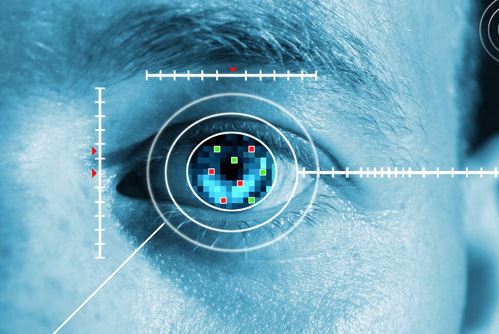
The term ‘biometrics’ in its broadest sense refers to the measurement and analysis of human characteristics that are unique to particular individuals.
Examples of these characteristics include fingerprints, facial recognition, DNA, hand geometry and iris recognition.
Biometrics are used widely in security to control access to high value systems and data. The advantage is that it is far more difficult to replicate an identifier such as a fingerprint, which is innately complex and unique, than a password or man-made identifier.
As well as being effective security measures in themselves, they can be used alongside other factors of authentication to build up layers of security.
Factors of authentication can essentially be summed up as something you know, such as a password, something you have, such as a dongle or smartphone, and something you ‘are’. The latter is the biometric
Where is biometrics being used?
Biometrics are becoming increasingly feasible to use in a range of applications. For example, Heathrow now uses cameras at the e-Passport gates to perform facial recognition on people coming through. This removes the need for the passport official to compare the passport picture with the person in front of them.
One factor that has greatly boosted the use of biometrics is the proliferation and rapid advances in smartphones, which come equipped with three features that make biometric authentication fairly easy.
The front-facing camera allows the smartphone to carry out facial recognition or, in more advanced models, iris scans. In February MasterCard rolled out an app which allows users to verify online payments with a selfie photo or a fingerprint.
The touch screen or a dedicated pad in the case of the iPhone can be used to carry out fingerprint analysis, as is used to authenticate payments with Apple Pay.
Finally, the microphone allows voice recognition to be carried out, as is used by TalkTalk.






